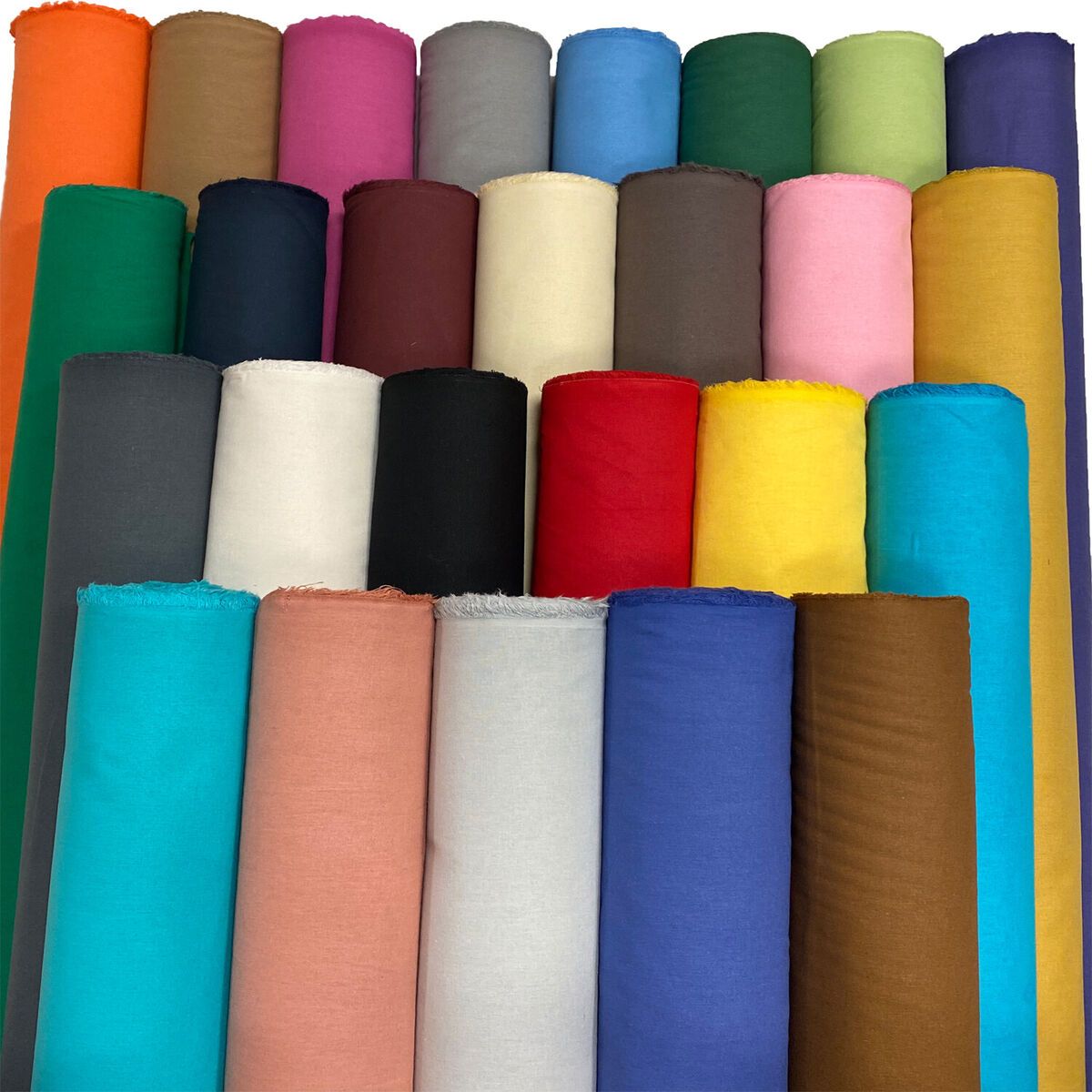When it comes to workout attire, the debate between tight and loose clothing is a topic that garners significant attention among fitness enthusiasts. The choice of clothing can influence not only comfort but also performance, safety, and even motivation. In this article, we will delve into the pros and cons of both tight and loose workout clothing, providing insights to help you make an informed decision tailored to your fitness goals.
Understanding the Basics: The Role of Workout Clothing
Workout clothing serves several essential functions: it provides comfort, enhances performance, and offers protection during physical activities. The right attire can also impact your psychological readiness to exercise. Thus, understanding the implications of tight versus loose clothing is crucial for optimizing your workout experience.
The Case for Tight Clothing
- Enhanced Muscle Support: Tight-fitting clothes, often referred to as compression wear, are designed to support muscle groups during physical activity. Compression garments can improve blood circulation, reduce muscle vibration, and potentially decrease the risk of injury. This is particularly beneficial during high-intensity workouts or endurance training.
- Moisture Management: Many tight workout clothes are made from moisture-wicking fabrics that draw sweat away from the body. This feature helps regulate body temperature and keeps you dry, which can enhance comfort and performance during intense workouts.
- Improved Range of Motion: Tight clothing can provide a second-skin feel, allowing for a greater range of motion without the risk of fabric getting caught or snagged. This is particularly advantageous in activities that require agility, such as yoga, pilates, or high-impact sports.
- Psychological Boost: For some individuals, wearing tight clothing can enhance body awareness and confidence. The snug fit can serve as a reminder of fitness goals and achievements, potentially increasing motivation to push through challenging workouts.
The Benefits of Loose Clothing
- Breathability and Comfort: Loose-fitting clothes are often made from breathable materials that allow for better airflow. This can be particularly advantageous in warmer climates or during high-intensity workouts, as it helps regulate body temperature and prevents overheating.
- Freedom of Movement: Loose clothing can provide a greater sense of freedom, especially in activities that involve a lot of dynamic movement. For instance, in sports like basketball or soccer, loose attire can prevent any restrictions that might hinder performance.
- Layering Options: Loose clothing allows for easy layering, which can be beneficial in varying weather conditions. Athletes can add or remove layers as needed, ensuring they remain comfortable throughout their workout.
- Post-Workout Comfort: After an intense workout, many individuals prefer to change into loose clothing for comfort. This can aid in recovery, allowing the body to relax and cool down without the constriction of tight garments.
Factors to Consider When Choosing Workout Attire
- Type of Activity: The nature of your workout plays a significant role in determining the best clothing choice. For high-intensity interval training (HIIT), tight clothing may offer the support and moisture management needed. Conversely, for activities like hiking or casual jogging, loose clothing may provide the comfort and breathability required.
- Personal Preference: Ultimately, personal comfort and confidence should guide your choice. Some individuals may feel empowered in tight clothing, while others may prefer the relaxed fit of loose attire. Experimenting with both styles can help you discover what works best for you.
- Body Type and Fit: Different body types may respond differently to tight and loose clothing. It’s essential to choose clothing that fits well and flatters your shape, regardless of whether it’s tight or loose. Proper fit can enhance comfort and performance, regardless of the style.
- Fabric Technology: Advances in fabric technology have led to the development of materials that offer the best of both worlds. Look for hybrid options that provide compression benefits while maintaining breathability and comfort.
Conclusion: Finding Your Perfect Fit
In conclusion, whether you choose tight or loose clothing for your workouts ultimately depends on your personal preferences, the type of exercise you engage in, and your specific fitness goals. Both styles have their advantages and disadvantages, and understanding these can help you make an informed decision.

